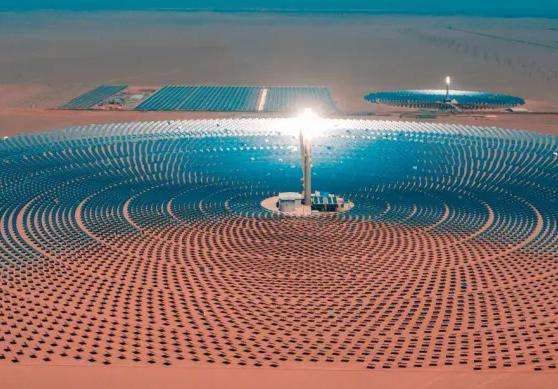The main function of the motor: converting energy into kinetic energy to operate the machine.
Motor is a foreign word, which designates a device that produces energy. Electric motors and oil motors are common.
An electric motor, also called an electric motor, converts electrical energy into rotating mechanical energy for mechanical use. The oil motor converts the pressure energy of pressurized oil into rotating mechanical energy for mechanical use. The electric motor is easy to install and use, but its starting stability is poor. The oil engine transmits power more easily and is quiet, but the device is more complicated.
The types of motors are as follows:
Hydraulic motor: traditionally refers to an energy conversion device that produces rotational motion and converts the hydraulic energy supplied by a phydraulic pump into mechanical energy.
High-speed motor: gear motor has the advantages of small size, light weight, simple structure, good workmanship, insensitivity to contamination by oil, shock resistance and low inertia. Disadvantages include high torque pulsation, low efficiency, low starting torque (only 60-70% of rated torque), and poor low-speed stability.
Vane motor; This is a hydraulic motor in which the blades of the rotor slot are in contact with the housing (stator ring) and the rotor rotates under the action of the incoming liquid. Compared with other types of motors, vane motors have the advantages of compact structure, smaller size, low noise and long service life. Its inertia is lower than that of piston engines, but its anti-pollution capacity is pire than that of gear motors. its rotation speed cannot be too high. Generally, it operates below 200 rpm. Due to large leakage, the vane motor is unstable when the load changes or at low speed.
Low speed hydraulic motors; Radial piston motors and connecting rod hydraulic motors have simple structure, reliable operation, many varieties and specifications and low price. Its disadvantages are greater size and weight, as well as greater torque pulsation.
Cycloid Motor: This is a small, low speed, high torque hydraulic motor with an internally meshing cycloidal gear. It has a simple structure, good low-speed performance and strong short-term overload capacity. There is a stator and a moving blade in the cycloid motor. The stator, blade and driveshaft divide the motor into twobedrooms. When oil enters one port, oil flows out of the other. pushes the weathervane.
Piston air motor: It is composed of connecting rod, crankshaft, piston, cylinder, body, valve, etc. Compressed air passes through the valve and supplies air to each cylinder in turn, expanding and thus doing work, pushing the crankshaft to rotate through the connecting rod. The works mainly come from gas expansion works.
Radial piston motor
Axial piston motor
Oblique axis piston motor
Swash plate piston motor
Without link hydraulic motor
Swing cylinder hydraulic motor
Roller hydraulic motor
Axial piston motor
Double swash plate piston motor
< p>Axis ball piston motorHydraulic motor and generator? Electric motors and hydraulic motors, right? It's normal. InMany cases, the speed of hydraulic motors is different from that of electric motors, such as low speed and high torque hydraulic machines. The motor is driven by a hydraulic station, and there is an electric motor in the hydraulic station which converts the kinetic energy in liquid pressure to drive the hydraulic motor.
I don't know what you mean?














